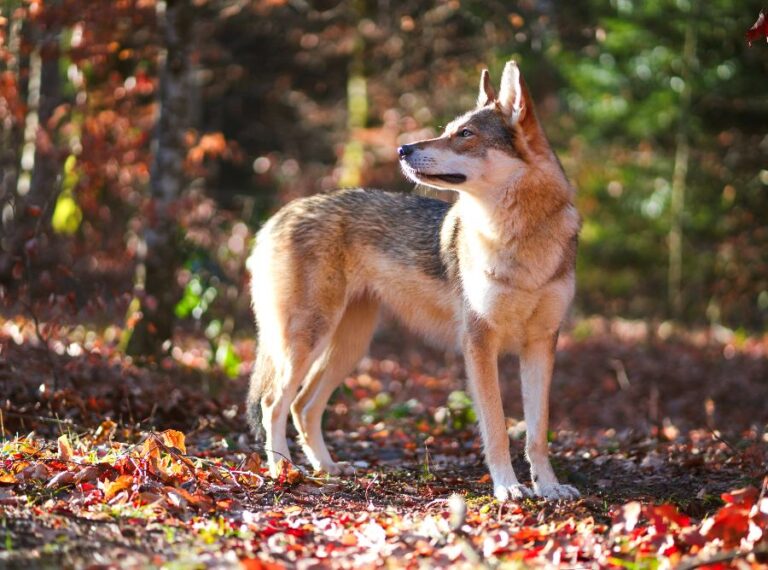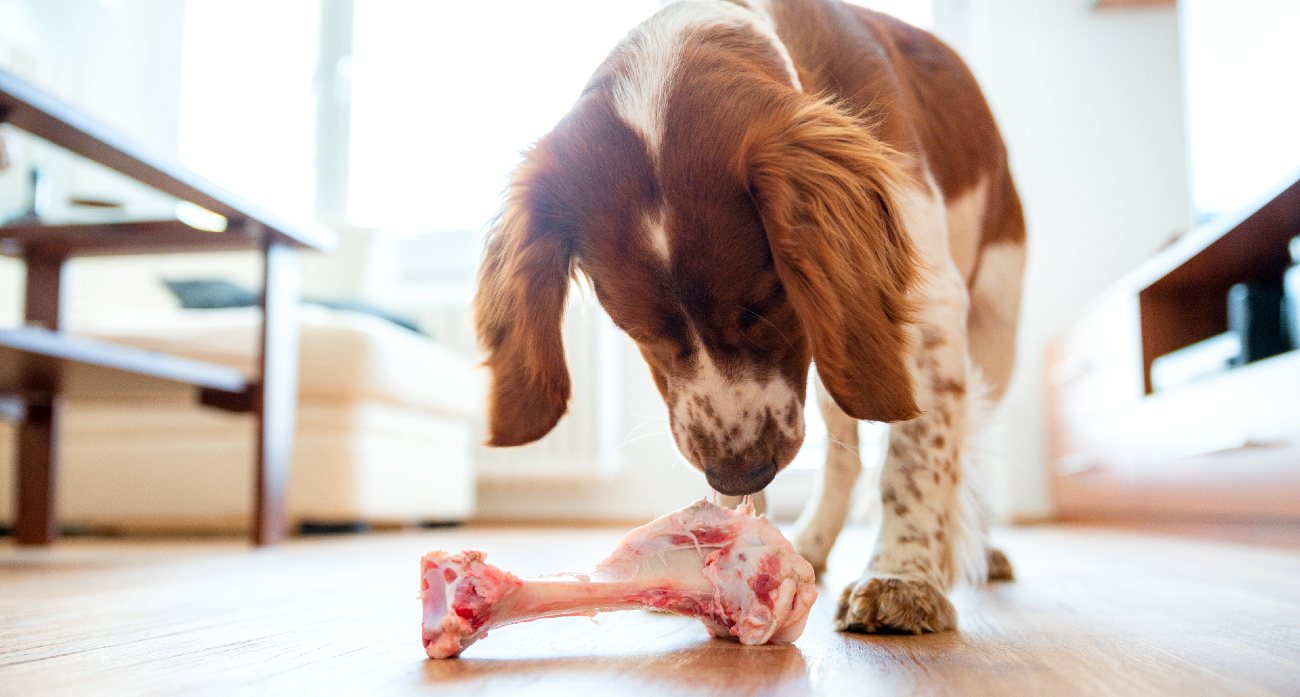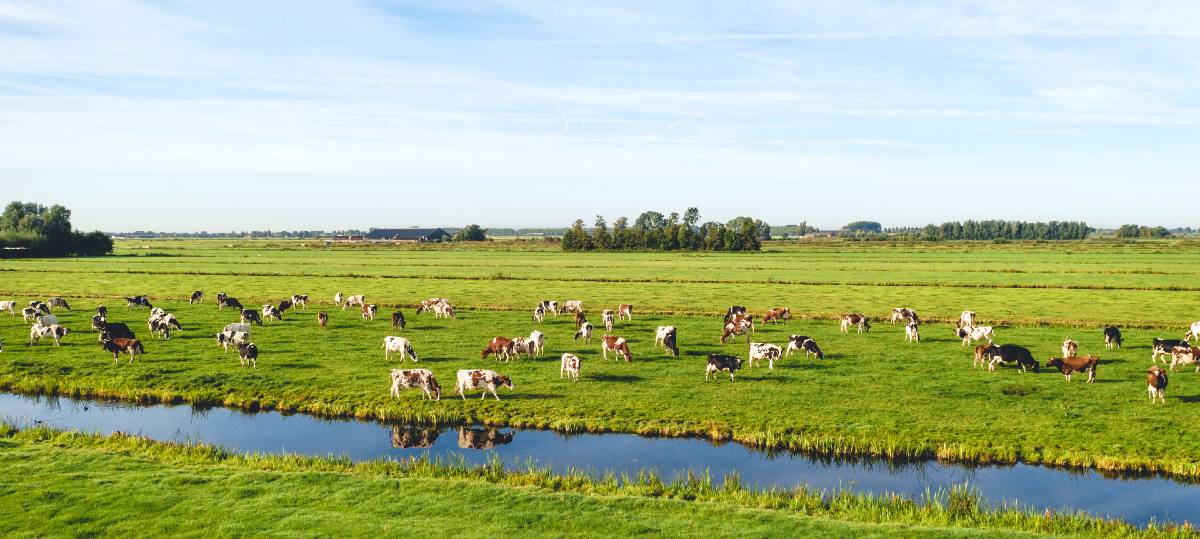When considering the dietary needs of a pet, it is important to consider all of the potential risks and benefits associated with different types of food. One of the more popular dietary trends in pet nutrition is focusing on raw diets. For pet owners looking to feed their pets raw ground beef, they may be wondering if this is a safe and healthy option. With that in mind, this blog post will discuss the pros and cons of feeding your pitbull raw ground beef, so that you can make the best decision for your pet. We will look at the nutritional value of raw ground beef, the potential health risks, and the best practices for preparing and feeding raw ground beef to your pitbull. Ultimately, you will be able to make an informed decision about whether or not feeding your pitbull raw ground beef is the right choice for you and your pet!
What Makes Raw Beef a Good Choice?
Your dog, the carnivore, NEEDS meat to thrive.
Consider the diet of dogs prior to their introduction into the home. What did animals eat for generations when they were free to roam without us? They did not hunt wild kibble, of course, as a dog’s biology calls for a carnivore diet.
Dogs share 99. 9% of the same DNA as the grey wolf. When we domesticated animals, we bred them for particular traits (like hunting or herding) and appearance (looking at you, pugs), but we didn’t eliminate their genetic makeup.
The basic physiology, i. e. since domestication, their internal anatomy has barely changed, which also means their nutritional needs haven’t.

Take a peek inside their mouths–
Designed for ripping and tearing meat from the bone, large canines and pointed molars are present.
There is little to no salivary amylase in their mouth, which is required to break down carbohydrates.
The amount of bacteria present in fresh prey can be handled by their stomach’s high acidity levels.

With anatomy like that, a dog’s diet should match.
And of course, a diet low in carbohydrates, with no more than 25% or so coming from fruits, vegetables, seeds, and even small amounts of predigested grains (though the less, the better).
But there are a few things you should know first before adding a chunk of raw beef to your carnivore’s bowl and calling it dinner.
Not all beef offers equal nutritional value. Most animals used in beef production are grass-fed or grain-fed. The grass-fed variety is best for your dog’s health, and here’s why

A carnivore’s diet must contain essential fatty acids like omega-3 and omega-6. Since dogs cannot naturally produce them, we must give them to them daily in their diets.
Additionally, Omega 3 and Omega 6 need to be balanced to be effective. Omega-3 to Omega-6 fatty acid ratio in the diet should be set at 1:1. This is important, so puppies, pay attention with your ears.
Chronic inflammation brought on by an excess of omega-6 and a deficiency of omega-3 can have devastating effects on the body, including diabetes, gastrointestinal problems, and cancer.

Omega-3 to omega-6 essential fatty acid ratios in raw grass-fed beef are more evenly distributed. Compared to grain-fed cows with higher levels of Omega-6, meat from grass-fed cows has almost five times the amount of Omega-3 fatty acids.
And then there’s the fat difference. Because they are free to roam the pastures all day without carbo-loading, animals that are fed on grass have leaner muscle mass. Thus, the muscles and organs will have more nutrients and experience less cell oxidation brought on by stress.
For Mr. Squishmallow, grass-fed is the superior choice.
Ground Beef – Good Source of Omega 3 for Dogs
The immune system and general skin health are both benefited by the numerous fatty acids found in ground beef. Although ground beef does contain both omega-6 and omega-3 fatty acids, it may not be in sufficient quantities to meet the minimum fatty acid nutrient requirement that the majority of dogs need. However, by including additional sources of both fatty acids to meet fatty acid nutrient needs and maintain a balance between both fatty acids, ground beef can help to meet the overall requirements for omega-6 and omega-3 fatty acids.
Can I mix ground beef with dry dog food?

Yes. But you’ll need to limit how much dry dog food your pet consumes. It’s not advisable to continue feeding them the same amount of dry food while also adding more ground beef. They’ll receive too many calories as a result, which may lead to obesity.
To get your dog more interested in the food, try adding ground beef to the dry dog food. Be sure to strain and rinse the meat as well. This can reduce the excess fat that occasionally exists in ground beef.
Having said that, it is crucial to understand that your dog may not be a “picky” eater if they aren’t eating their kibble. Dogs can skip meals and often do. Dogs in new situations may be too nervous to eat. Dogs may have a small stomach ache. There are numerous causes for your dog to decide against eating. Typically, picky eating isn’t one of them.
In order to get your dog to eat it, you should not add ground beef to their food. This may interfere with their capacity for self-control and lead to obesity. However, if you want to give your dog ground beef to improve their diet, that is a completely different matter.
FAQ
How much raw meat should I feed my pitbull?
Dogs should typically consume 2-5% of their body weight in raw food each day.
Can my bully eat raw ground beef?
The answer is a resounding yes, and dogs should eat raw beef because it has numerous health benefits from head to toe.
What happens if my dog eats raw ground beef?
Your dog is susceptible to the bacterial contamination salmonella when given raw ground beef. Salmonella often leads to gastrointestinal illness. Puppies, canines suffering from liver or kidney failure, or canines suffering from cancer shouldn’t consume raw meat.
What raw ground meat can dogs eat?
Dogs should consume muscle meat (hamburger, chicken, and turkey), as well as a variety of healthy organ meat (heart, liver, and kidneys), whole fish, and raw meaty bones (also known as RMBs), according to the majority of raw feeders.